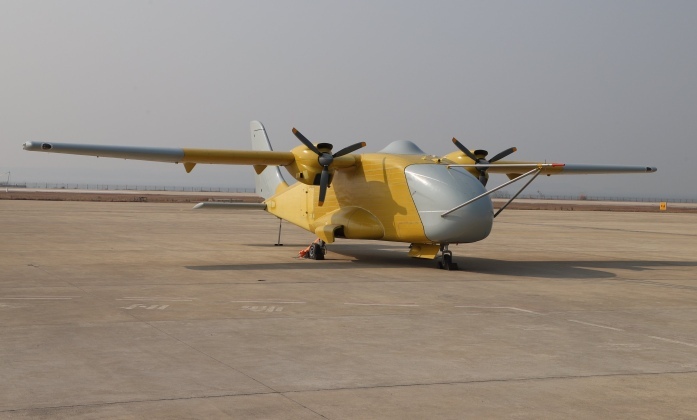News
China Unveils World’s Largest Unmanned Cargo Aircraft Promising to Autonomise Logistics
At the 7th China Helicopter Exposition in Tianjin China’s aviation sector has unveiled a model of the world’s largest cargo drone, the Ibis Shadow 60, which was developed based on the design of the currently operational Y-9 military transport aircraft. The new aircraft has a takeoff weight of over 60 tons, and has the potential to revolutionise the autonomisation of logistics by allowing semi-autonomous, and eventually fully self-piloted aircraft, to deliver large volumes of supplies across long distances. The Y-9 was introduced into service in 2012 as a medium utility/military transport aircraft with four turboprop engines, has a cargo bay with an internal volume of 155 cubic metres, and has been produced on a significant scale in parallel to the larger jet powered Y-20. Like the Y-9, the Ibis Shadow 60 is being designed to carry large payloads such as military vehicles, helicopters, and fighters, allowing for rapid deployment including to locations that are contested by hostile forces or otherwise difficult to access.

China’s aviation sector has already made significant progress towards operationalising unmanned transport aircraft, and currently leads the world in the field by a considerable margin. The lighter CH-YH1000 unmanned transport aircraft on January 19, 2025 completed a full-load taxiing test under real operational conditions. The aircraft has a 1,000 kilogram payload capacity, and its development is expected to pave the way to the fielding of larger unmanned transports like the Ibis Shadow 60. The autonomisation of other tasks in the Air Force, including maintenance checks, applications of stealth coating, and eventually aspects of airborne command and control and aerial refuelling, are all expected to following, leveraging China’s significant lead in artificial intelligence related research and development.












